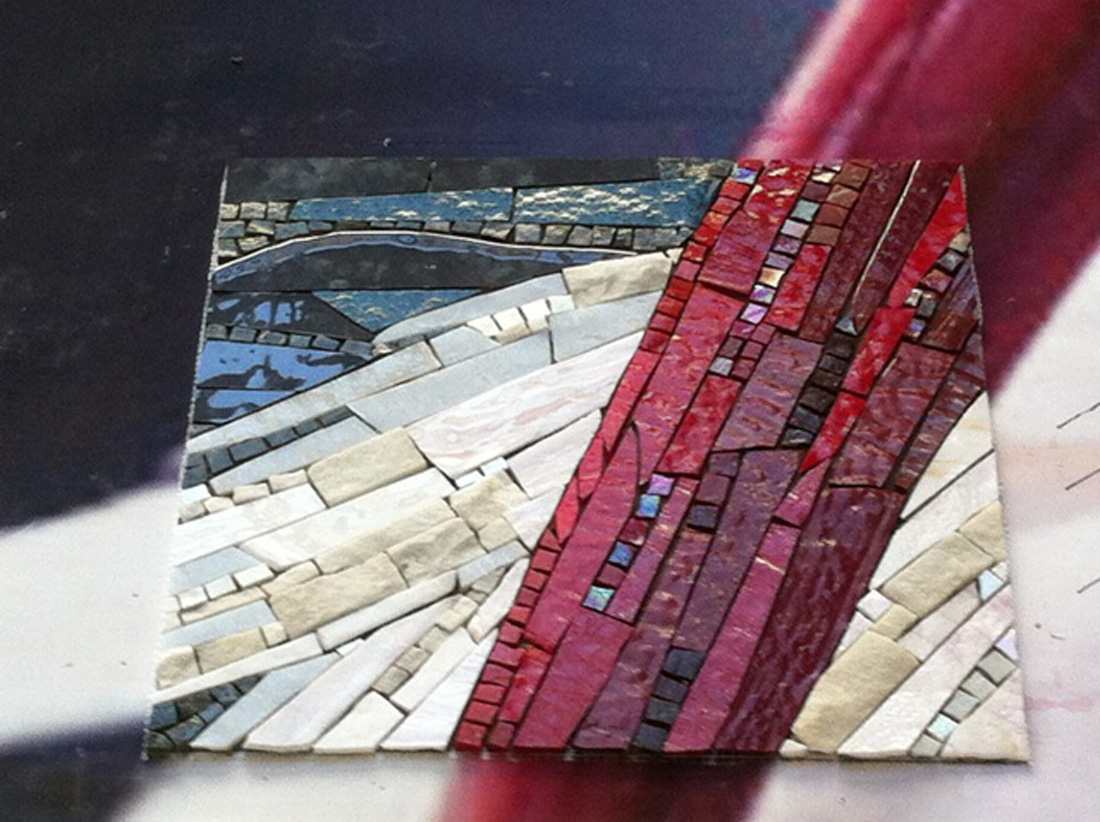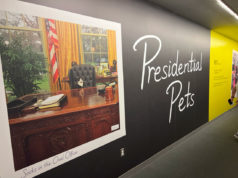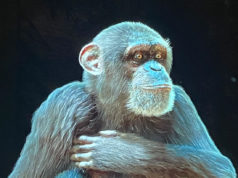In 2005, the Fort Worth City Council adopted the Southwest Parkway Master Plan, which outlined how the city would use art to blend features of the proposed Chisholm Trail toll road into the existing urban environment. Running from downtown Fort Worth to Cleburne and stretching for 27.6 miles, the Chisholm road, council members said, will decrease overall traffic congestion and promote development.
But this won’t just be any old thoroughfare, thanks to Fort Worth Public Art and Seattle artist Norie Sato. In 2001, FWPA was created primarily to oversee –– and grow –– Fort Worth’s public art collection and also to enhance capital improvement projects. To beautify the Chisholm road, FWPA held an open competition in 2006. The judges were blown away by the proposal put forth by Sato, whose career already includes major works at San Francisco’s International Airport and Iowa State University’s Hach Chemistry Building.
What the judges liked best about the artist’s $904,000 project was that it promised to involve local photographers and photos and feature imagery of wildlife native to the area –– city planners stressed that the Chisholm road “harmonize with the urban and natural conditions of the corridor.”
“There was a real citizen demand for the toll road to not look like a toll road and more like a parkway, that it reflect Fort Worth,” said Martha Peters, FWPA vice president.
To help Sato get started, FWPA held an open call for submissions by local photographers last spring. From the 22 submissions, Sato {received, she} chose 18 for her murals.
She was impressed not only by the quality of the photographs but by the range of people who submitted. “There were kids, amateurs, bird lovers, and professional photographers,” she said.
Commuters will experience the murals in two sections. The first, near I-30 and University Drive, consists of 12 glass murals to be located on both sides of the parkway. Reflecting the indigenous water fowl that inhabit the Trinity River below, the vibrant 8-by-6-foot artworks are constructed of custom-glass pieces that range in size from one inch to more than a foot.
The second section will be seen along the parkway’s exit south of I-20, where six 10-foot columns wrapped in a glass mosaic will be positioned several hundred yards apart. Each column will mark the location of a stream or river below and highlight an animal native to that area.
Peters believes these markers will not only add beauty to the roads but also become familiar landmarks that guide drivers to their destinations.
Fabricators in Germany are putting the final touches on the glass murals while Sato monitors the process from Seattle. In Fort Worth, Peters is overseeing an exhibit at AIA-Fort Worth Center for Architecture that offers a sneak peek of the finished project.
Sato’s goal transcends simple art appreciation. “I hope the project will connect people to the natural environment and remind them how important the Trinity River is to Fort Worth,” she said.
[box_info]
FWPA: Norie Sato and the Chisholm Trail Parkway
Thru Oct 23 at AIA-Fort Worth Center for Architecture, 3425 W 7th St, FW. Free. 817-298-3025.
[/box_info]












